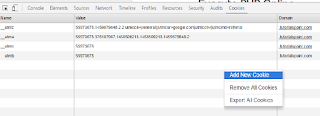<?php
$to = "nileshyadav326@gmail.com";$subject = "VIRALPATEL.net";$body = "Body of your message here you can use HTML too. e.g. <br> <b> Bold </b>";$headers = "From: Peter\r\n";$headers .= "Reply-To: info@yoursite.com\r\n";$headers .= "Return-Path: info@yoursite.com\r\n";$headers .= "X-Mailer: PHP5\n";$headers .= 'MIME-Version: 1.0' . "\n";$headers .= 'Content-type: text/html; charset=iso-8859-1' . "\r\n";mail($to,$subject,$body,$headers);?> |
